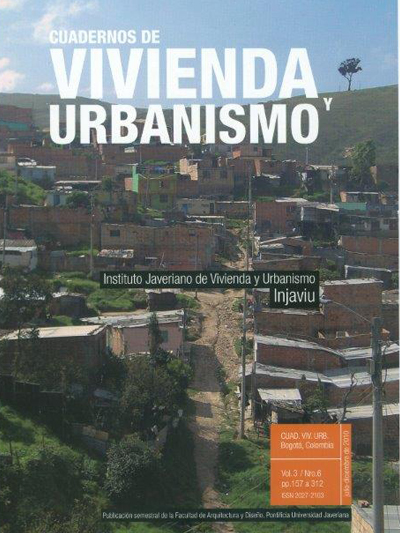Abstract
This article considers the daily scenery of the contemporary city that explicitly shows the dislocation of the natural and social systems which creates barriers that fragment the territory. This hypothesis is stated after checking the territorial occupation patterns and the scenery created by the research experience on Mexican and Spanish cities. Their daily urban scenery is a sample of the (expansionist and consumer) predominant occupation pattern that has imposed an order to the territory and that makes tabula rasa of the historical and cultural past. A look between the research and the action, a dialogue between the user and the specialist dissection are proposed in order to identify and characterize the scenery, letting differentiate and individualize units. This is a diagnose of the highly deficient way the territory is managed and a proposal of a method that speeds up the use as a operative instrument for planning.
This journal is registered under a Creative Commons Attribution 4.0 International Public License. Thus, this work may be reproduced, distributed, and publicly shared in digital format, as long as the names of the authors and Pontificia Universidad Javeriana are acknowledged. Others are allowed to quote, adapt, transform, auto-archive, republish, and create based on this material, for any purpose (even commercial ones), provided the authorship is duly acknowledged, a link to the original work is provided, and it is specified if changes have been made. Pontificia Universidad Javeriana does not hold the rights of published works and the authors are solely responsible for the contents of their works; they keep the moral, intellectual, privacy, and publicity rights.
Approving the intervention of the work (review, copy-editing, translation, layout) and the following outreach, are granted through an use license and not through an assignment of rights. This means the journal and Pontificia Universidad Javeriana cannot be held responsible for any ethical malpractice by the authors. As a consequence of the protection granted by the use license, the journal is not required to publish recantations or modify information already published, unless the errata stems from the editorial management process. Publishing contents in this journal does not generate royalties for contributors.


